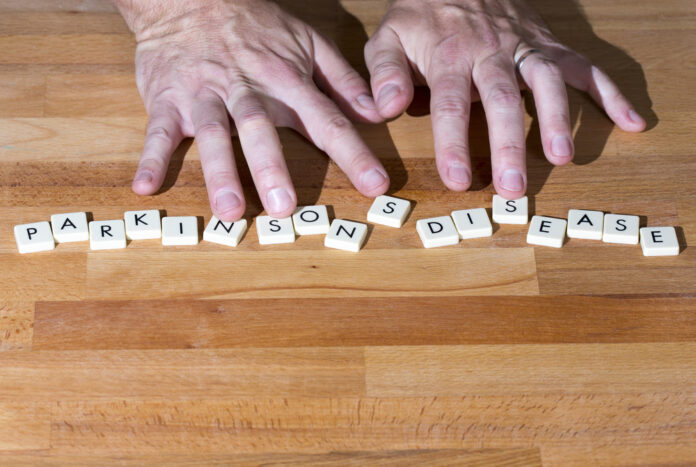Amyotrophic Lateral Sclerosis, or ALS, has a Greek origin. Amyotrophic is derived from the Greek words “myo,” which refers to “without a muscular” and “troph,” which refers to “food.” In the middle of the 19th century, “amyotrophic,” meant weak or dysfunctional muscles. The spinal cord’s parts responsible for controlling the movement of the muscle cells is called “lateral.” This is where there is scarring or hardening. This can then prevent the transmission of nerve signals from being effective.
Amyotrophic Lateral Sclerosis, or simply ALS, is a rare neurological condition that affects the nerve cells of the brain and spinal cord. These nerve cells control voluntary movements of muscles like walking and talking, as well as the brain’s ability to process information. ALS is a progressive disease. As such, there is no cure or treatment.
The motor neurons of the body suffer from this condition, which causes them to lose their functionality and eventually die. The motor neurons may have stopped communicating with the muscles. This could lead to their weakness. The muscles begin to twitch, eventually leading to muscle weakness. The brain eventually loses control over the body’s voluntary movements.
Signs of ALS
These are the early signs of this disease:
- Muscle Cramps;
- Spasticity –stiff and tight muscles.
- Naal and slurred Speech;
- A patient has difficulty chewing or swallowing.
- An arm, leg, neck and diaphragm can be affected by certain muscle weakness.
Other problems can develop as the disease progresses. These problems include:
- Patients suffering from ALS will experience a decline in their ability move. This can eventually stop them from being able to stand, walk, or get out of bed.
- Patients with this condition will have difficulty chewing and swallowing.
- These patients may also need a ventilator because they will eventually lose their ability to breathe on their own.
- Patients with ALS may have difficulty maintaining their weight.
- Neuropathy and severe muscle cramps will occur.
- The patient might experience anxiety or depression as their mental faculties are intact.
Factors that could lead to ALS
There are many risk factors that can lead to ALS. These are:
- Genetics: ALS is a condition that can be passed from one generation to the next.
- Age: While ALS can occur at any age, the likelihood of developing it increases after 55.
- Sex: Men are more likely than women to develop ALS before age 65. Both sexes are at the same risk by age 70.
- Race and ethnicity: Finally non-Hispanics as well as whites are more likely than others to develop ALS.













